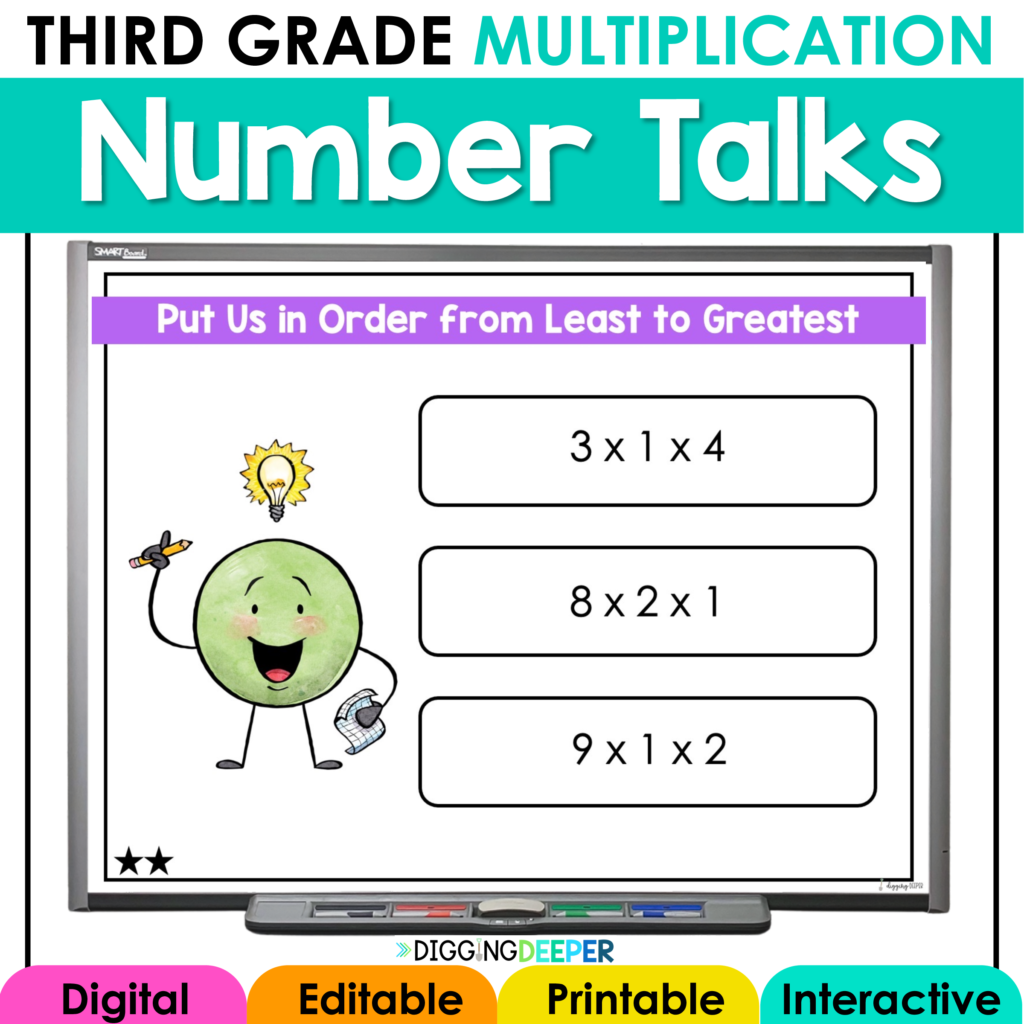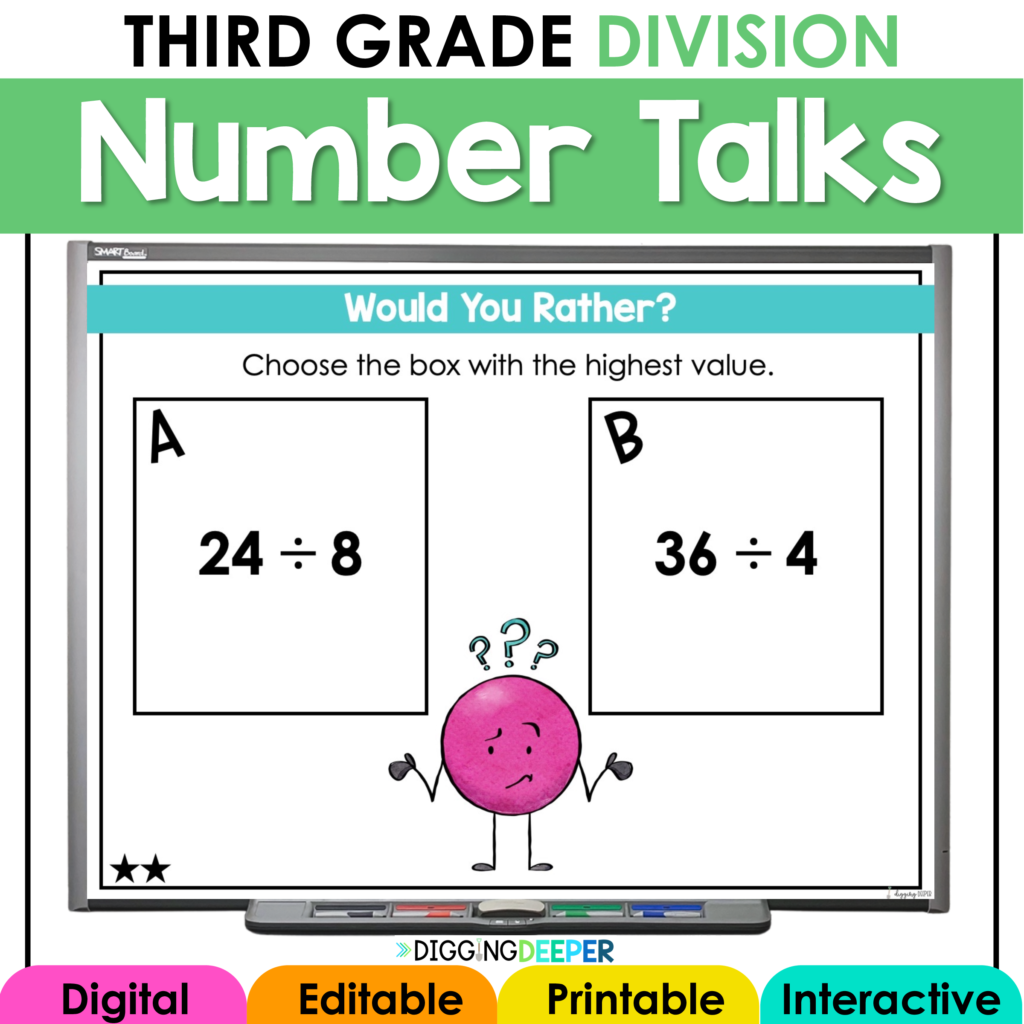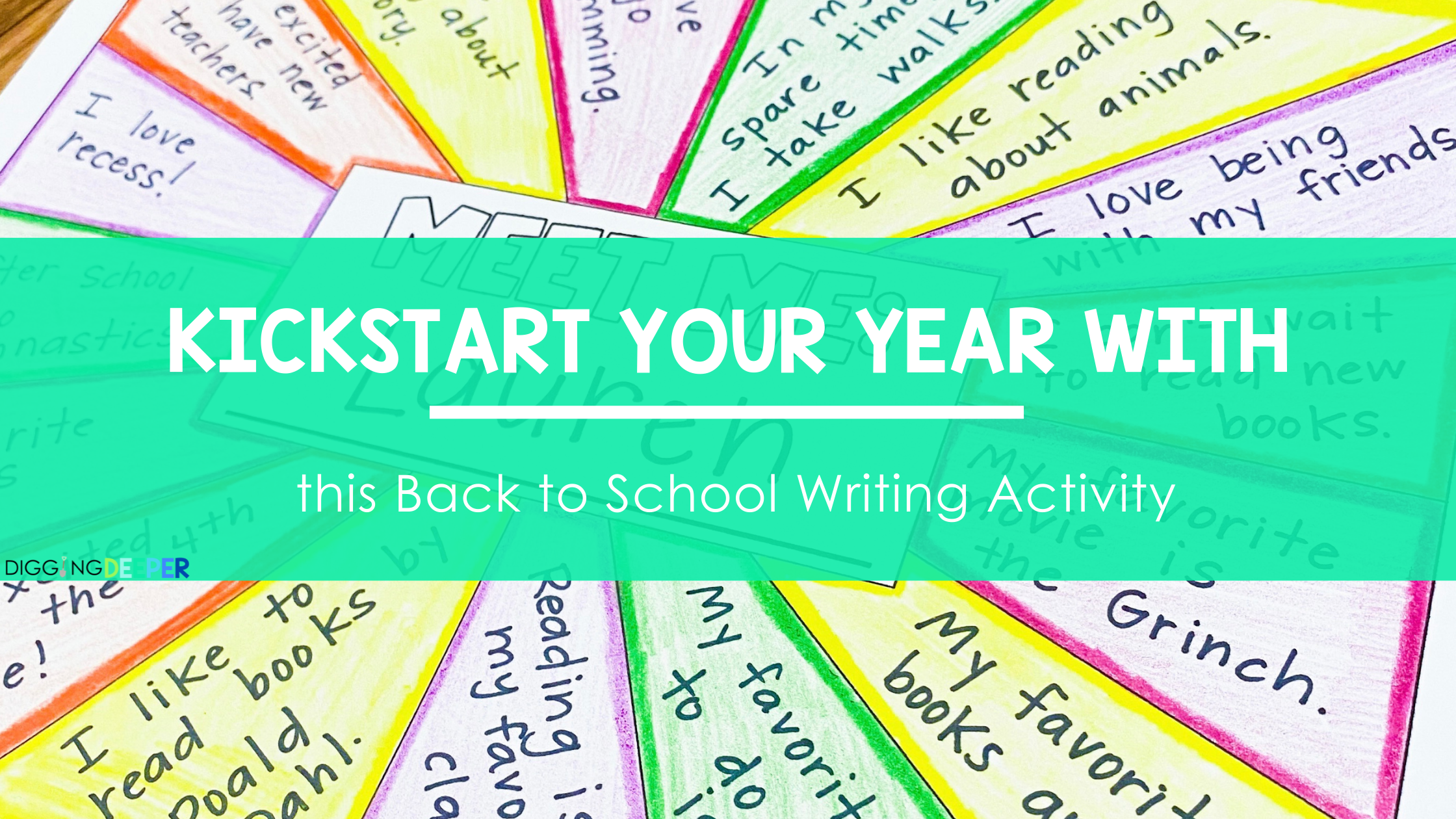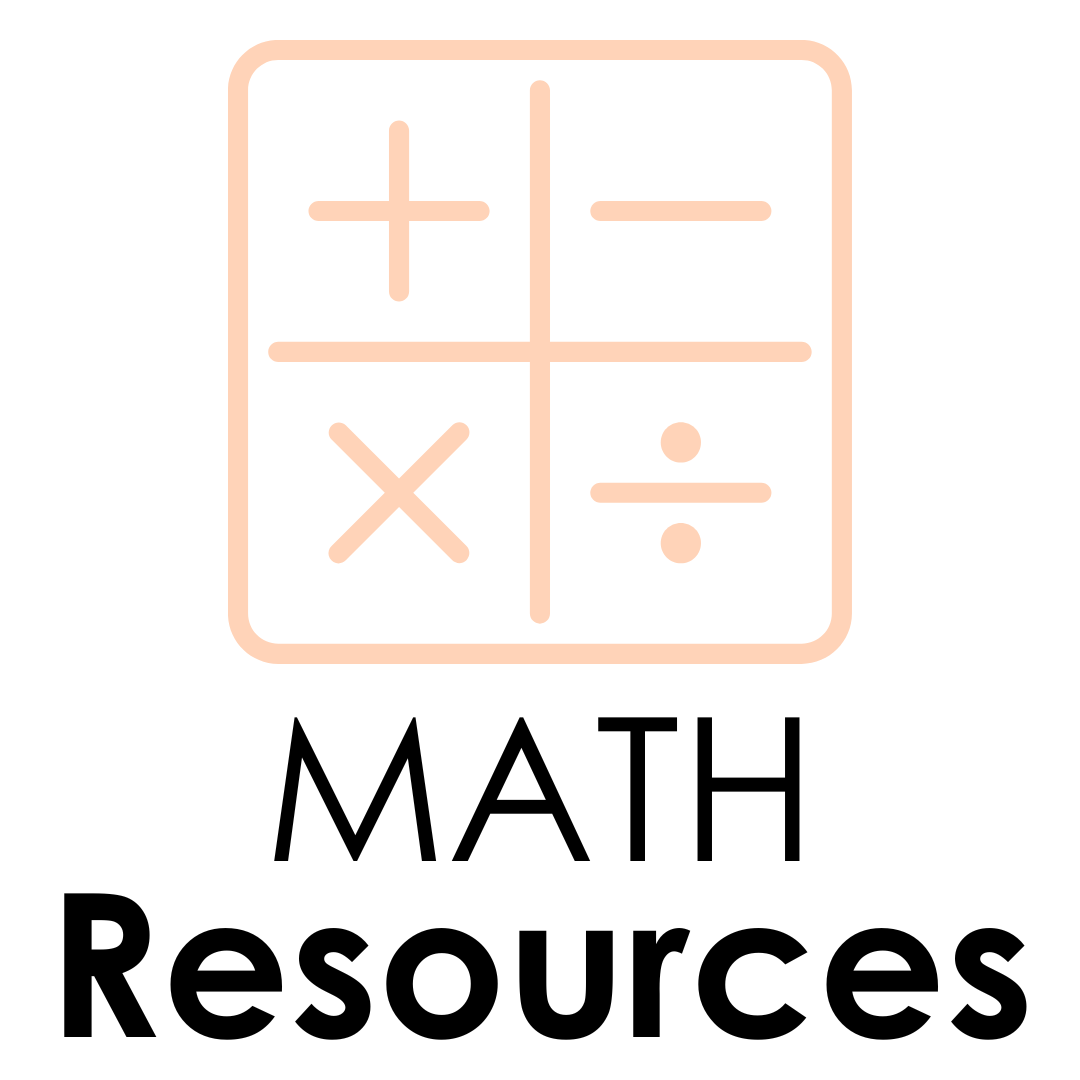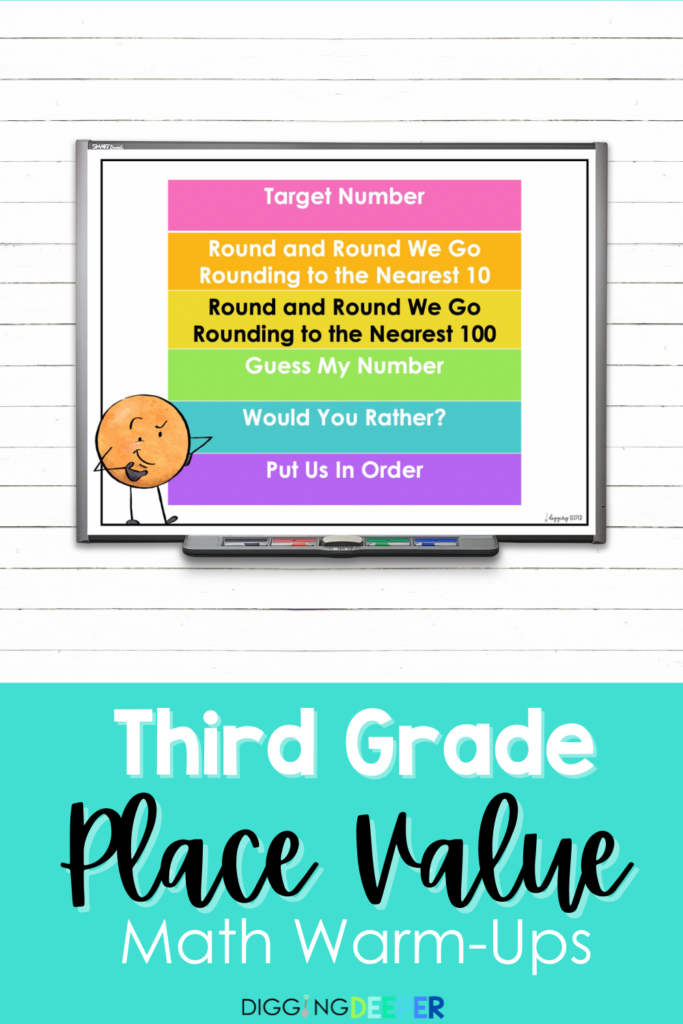
One of the most common questions third-grade math teachers have is, “How do I help my students master multiplication and division facts?”
I didn’t have a special plan or strategy to help my students master these facts, I just made fact practice a part of our daily math lessons.
Each day, I did a number talk activity where students could explore multiplication and division in greater depth. My students also spent independent time practicing their multiplication and division facts.
I never made a big deal about the fact that I was pushing my students to learn their facts. I just had my students think critically each day about the math processes we were learning.
And, over the course of the year, they learned their facts. I mean REALLY learned them.
But the more I thought about it, the more I realized I did have a secret that helped my students master their multiplication and division facts.
And today I’m going to share that secret with you. Are you ready?
Math Classroom Discussions
My students talked about multiplication and division every single day in math class. Yep. Every. Single. Day.
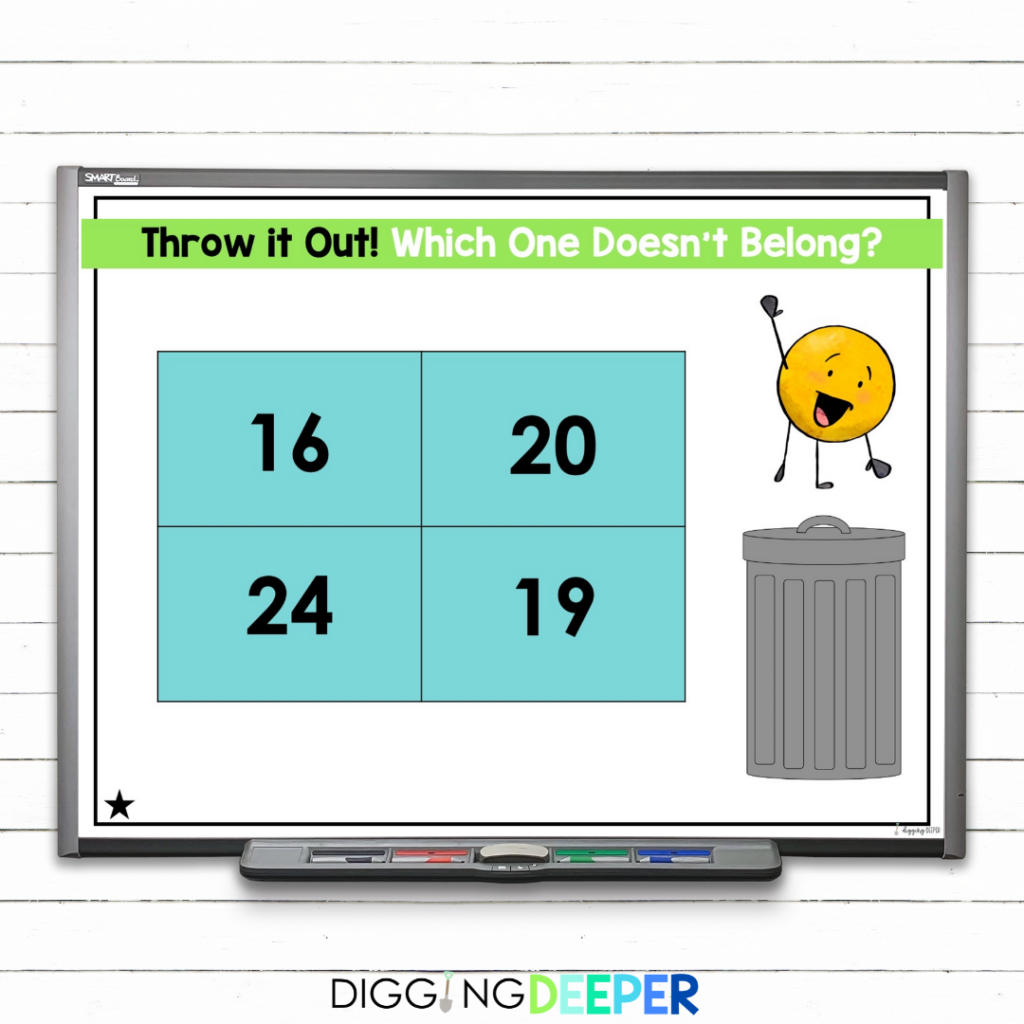
To read about launching these discussions in your classroom, click here.
The Power of Math Discussion
There is an educational quote that I’ve heard often and it always sticks with me. I hear it a lot during professional development and it’s true every single time.
“The person doing the talking, is the person doing the learning.”
Jen York-Barr
Countless research studies have shown correlations between student talk time and student achievement. Talking about math is a simple way to get students engaged and active in the learning process.
The key is that discussion time must be structured, and purposeful. Students must know exactly what we want them to be discussing.

Math Talks
One key aspect of my math class is my number talk, or math talk time. I always begin my class with something projected on my ActivBoard.
My class has specials right before math class. So, I pull up my number talks and have them on the board when students walk in the room. I love that my number talks are always ready to go because they are projectable. This comes in handy when I’m caught in a meeting during specials, or when PLCs run a few minutes over.
Once students have had ample time to think of the answer, we have a math discussion. Providing thinking time is CRUCIAL. Don’t let your high-achieving students set the pace for your class. When you allow wait-time (or thinking time) you make the math more accessible for all students. This also gives you a chance to go check in with students who may need support from you.
Teaching tip: Challenge your fast thinkers by asking them to try another strategy that can help them get the same answer. Or ask if can they use 3 sentences to explain their thinking.
Once everyone has had time to think, students turn and talk to their peers. We do this before the whole class discussion. During this time, I listen in to several conversations. Then, I allow several students to share their thinking with the entire class. I will often call on a student who I heard say something remarkable during the partner talk time.
I know these discussions help students master their math facts. They are developing their confidence and working with these facts in many different ways. No need for timed tests! With these activities, my students are learning their math facts inside and out.
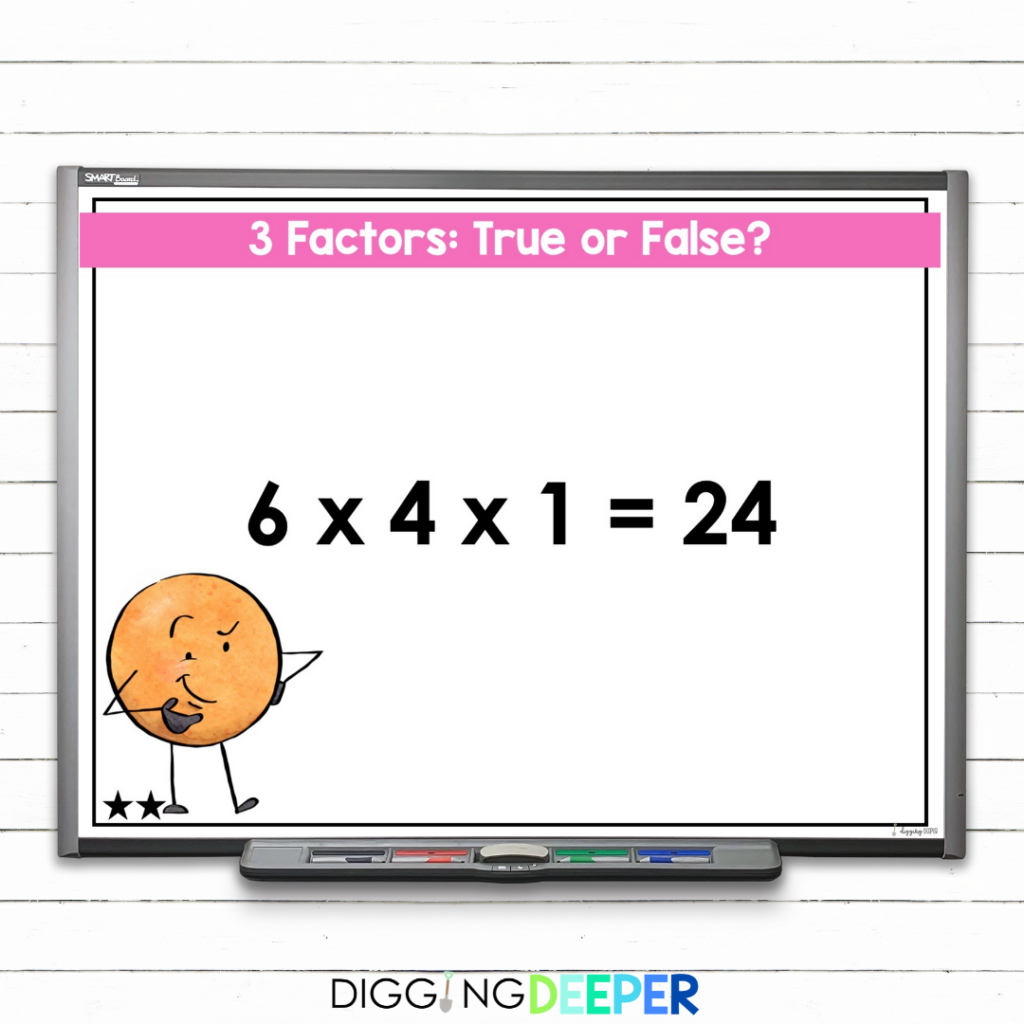
Number Talk Examples
- Different ways to represent a fact
- Skip Counting practice
- Number Patterns
- Would you Rather?
- Throw it Out
- Order from least to greatest/greatest to least
- Fact families
- Word Problems
Make It Easy to Master Multiplication and Division Facts
If you’re looking for an easy way to get students talking about math, you’ve got to try these Digital Number Talks. I know you’ll be impressed with the quality of math conversations your students will have. They’ll be so engaged in these math talks, they won’t even realize they are boosting their multiplication and division skills.
I have specifically created these number talks to save third-grade teachers precious time. Hundreds of teachers have told me how much these have impacted their students. I can’t wait to hear what you think!
If you’re looking for more third-grade math teaching tips, you might like:
Launching a Number Talks Routine at the beginning of the year
Shop this post
Click on an image to shop resources featured in this post.
